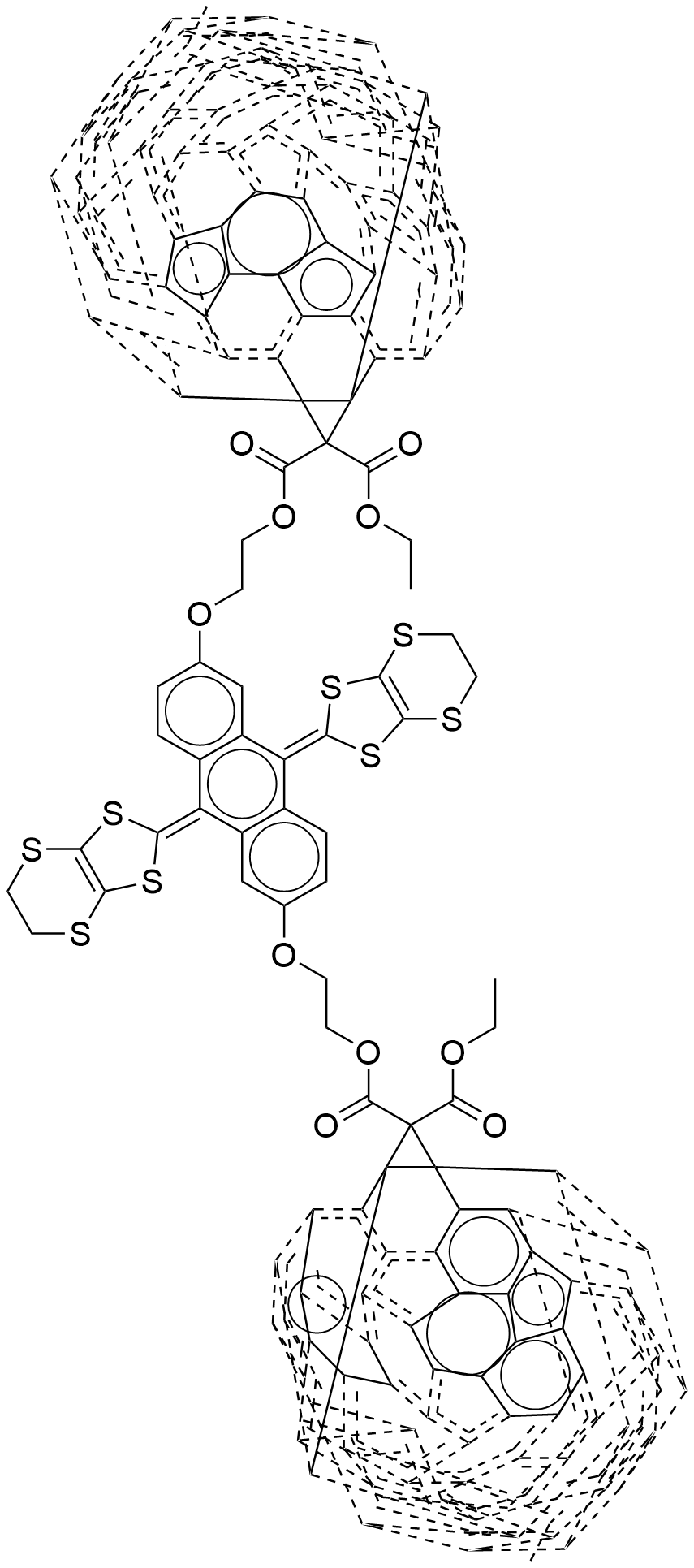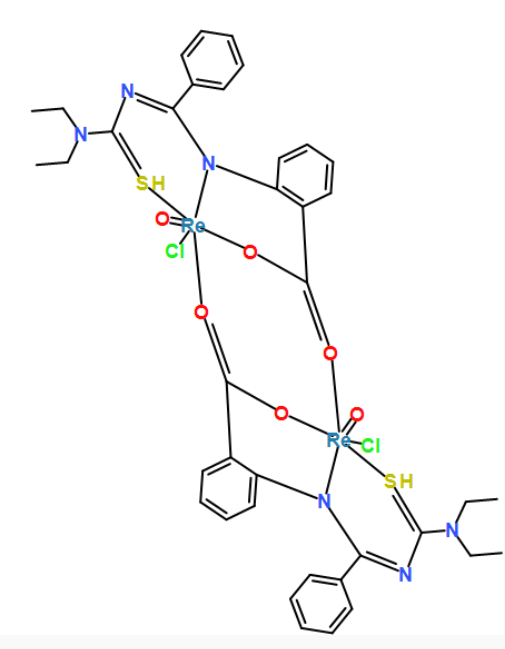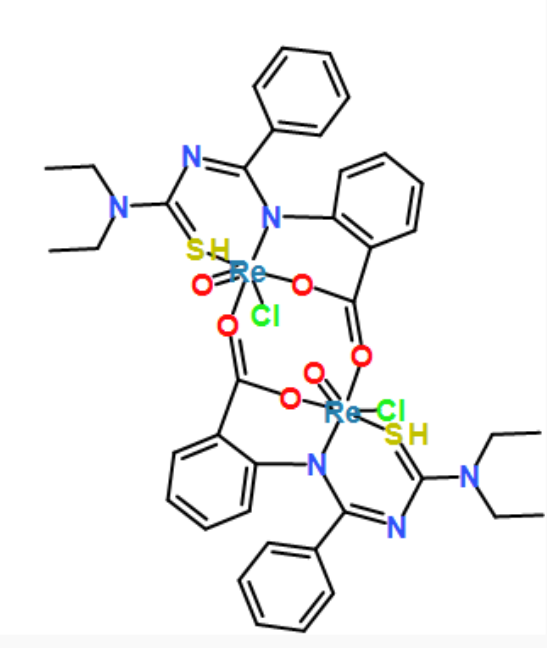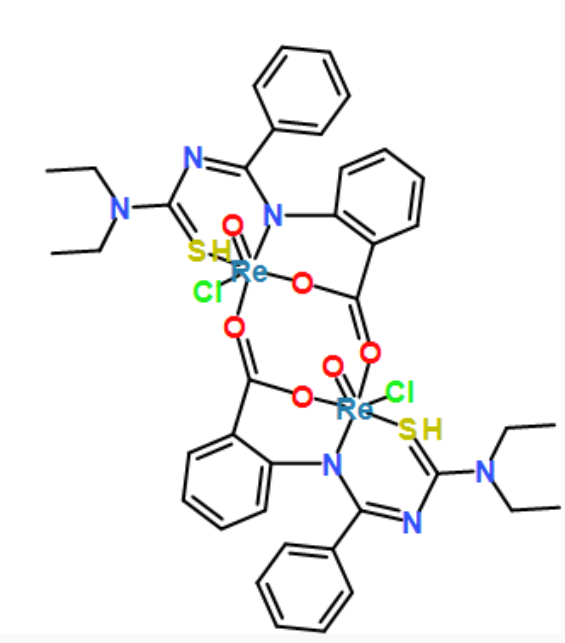Force-directed Layout Algorithms for Molecule 2D Coordinates Generation
Introduction
Force-directed graph layout algorithms are widely used in graph visualization. The concept was first introduced by Tutte based on barycentric representations. The essential spring layout methods which rely on spring forces are similar to those in Hooke’s law, there are repulsive forces among all vertices and also attractive forces among adjacent vertices. Alternatively, spring forces can be computed based on their graph theoretic distances. Graphs drawn with these force-directed algorithms tend to be aesthetically pleasing, exhibit symmetries, and most likely to produce crossing-free layouts for planar graphs. In my cheminformatics toolkit Ferrocene, forced-directed graph layout algorithm is used for complex ring system layout. this article will talk about the details of it in Ferrocene toolkit.
What is Force-directed Graph Layout ?
The algorithm is based on a physical model. Nodes are represented as points in a plane that are electrically charged and apply repulsive forces against each other. Edges connect these points simulating a spring-force, attracting adjacent nodes. The model iteratively determines the resulting forces that act on the nodes and try to move the nodes closer to an equilibrium where all forces add up to zero, and the position of the nodes stays stable.
In various of Force-directed layout algorithms, Fruchtermann-Reingold (FR), Kamada-Kawai (KK) and Stress Majorization are most popular. The advantage of the algorithm lies in the simplicity of the implementation. More, it works rather well for most graphs.
Force-directed Graph Layout in Molecule Coordinates Generation
For molecules with complex ring system, it is not easy to generate proper 2d coordinates rapidly, some algorithms using molecule simulation or optimization-based algorithm to generate 3d coordinates firstly, then project to 2d space, these algorithm generate better coordinates, but the molecule simulation procedure will take long time. It can't used to generate coordinates for a mass of molecules. In Ferrocene toolkit force-directed graph layout is used to place complex ring system of a molecule. For below molecule, it has two complex ring systems, traditional structure diagram generation algorithms can't correctly place it if doesn't use template-based algorithm.
CCOC(=O)C1(C(=O)OCCOc2ccc3c(=C4SC5=C(SCCS5)S4)c4cc(OCCOC(=O)C5(C(=O)OCC)C67c8c9c%10c%11c%12c%13c(c%14c%15c6c6c8c8c%16c9c9c%10c%10c%12c%12c%17c%13c%13c%14c%14c%15c%15c6c6c8c8c%16c%16c9c9c%10c%12c%10c%12c%17c%13c%13c%14c%14c%15c6c6c8c8c%16c9c%10c9c%12c%13c%14c6c89)C%1157)ccc4c(=C4SC5=C(SCCS5)S4)c3c2)C23c4c5c6c7c8c9c(c%10c%11c2c2c4c4c%12c5c5c6c6c8c8c%13c9c9c%10c%10c%11c%11c2c2c4c4c%12c%12c5c5c6c8c6c8c%13c9c9c%10c%10c%11c2c2c4c4c%12c5c6c5c8c9c%10c2c45)C713
But forced-directed layout algorithms can generate better correct and readable coordinates. For above structure smiles, the left image is created by Ferrocene toolkit that use force-directed algorithm to place C60 fragment, right is generated by ChemDraw.
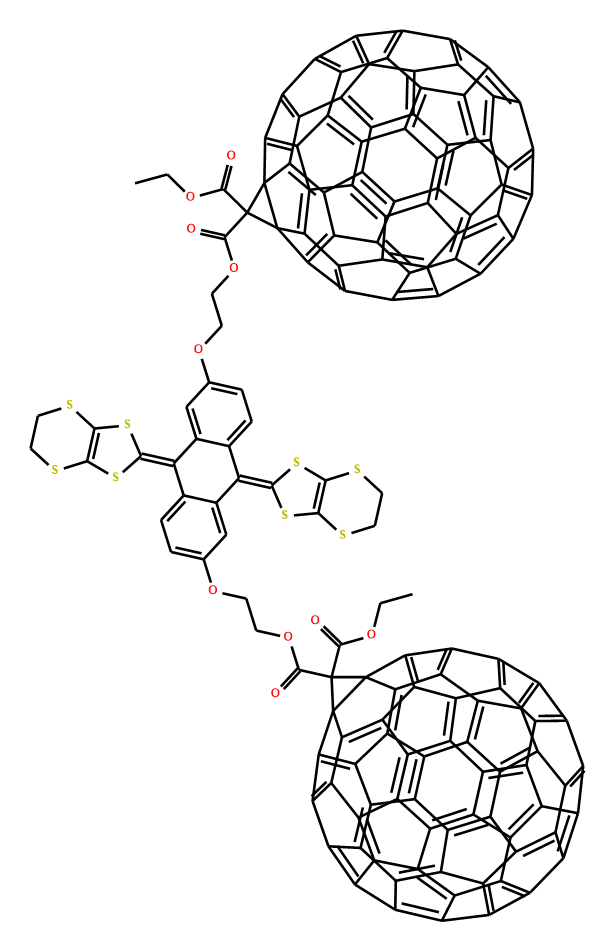
force-directed layout(generated by Ferrocene toolkit) and traditional layout(generated by ChemDraw)
Comparison of Forced-directed Graph Layout for Molecule Coordinates Generation
There are various forced-directed layout algorithms, which is better for molecule coordinates generation ? Three algorithms are implemented in Ferrocene toolkit: Fruchtermann-Reingold, Kamada-Kawai and Stress Majorization.
Kamada-Kawai and Stress Majorization are based energy function minimisation model. The energy function minimisation model uses the spring system to minimise the difference between the visual distance and theoretical graphed distance, and this is accomplished by solving (minimising) an energy function. In the optimization, if the visual distance between a pair of nodes is closer than their corresponding theoretical graphed distance, they repel each other; otherwise, they attract each other. For most molecules, both algorithms do a good job. But for large graphs, Stress Majorization is usually faster and better than KK algorithm.
While FR algorithm doesn't use theoretical graphed distance for optimization, it uses two forces, with the attractive force (fa) and repulsive force (fr). Attractive forces occur between adjacent vertices only, whereas repulsive forces occur between every pair of vertices. Each iteration computes the sum of the forces on each vertex, then moves the vertices to their new positions. Because FR algorithm doesn't use theoretical graphed distance to constrain the edge length, so the molecule looks very strange.
[Re]123(=O)([O]=C4c5c(cccc5)N5[Re](=O)(S=C(N=C5c5ccccc5)N(CC)CC)(Cl)(O4)[O]=C(c4c(cccc4)N2C(=NC(=S3)N(CC)CC)c2ccccc2)O1)Cl
coordinates generated by force-directed layout algorithms. fr, kk and stress, respectively
Shortly, The algorithms with theoretical graphed distance constraint are better for molecule 2D coordinates generation, for example KK layout and Stress Majorization.
Position initialization
The initial positions of nodes affect the performance of force-directed layout. A good initialization will make forced-directed layout generate better coordinates and speed it up. To improve the performance of force-directed layout and compare the effects of initial layout, three different position initialization algorithms were developed. As listed in below table. Circular initialization is easy to implement, but sometimes it cause edge crossing . Generally, planar initialization is better circular initialization, can avoid many edge crossing that happened in circular initialization and it is also easy to implement. Hybrid initialization is the best of three and make the graph looks better for chemists, but it is hard to detect the graph structure and initialize the nodes.
COC(=O)[C@@]12N=C(C(=O)O1)/C(c1ccccc1)=C1/C=CC(=N1)C(c1ccccc1)=c1cc/c([nH]1)=C(\c1ccccc1)c1ccc([nH]1)[C@H]2c1ccccc1
| Initialization | Picture | Description |
|---|---|---|
| Circular | 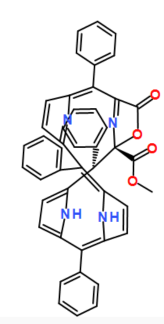 |
initialize all nodes as a circle |
| Planar | 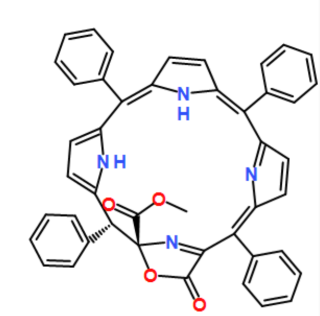 |
initialize every internal MCB as a planar circle |
| Hybrid | 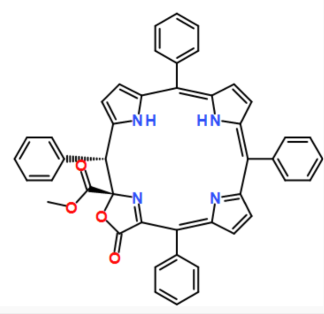 |
rapidly detect the structure of graph, initialize the graph according to the graph structure and chemical graph representation |
